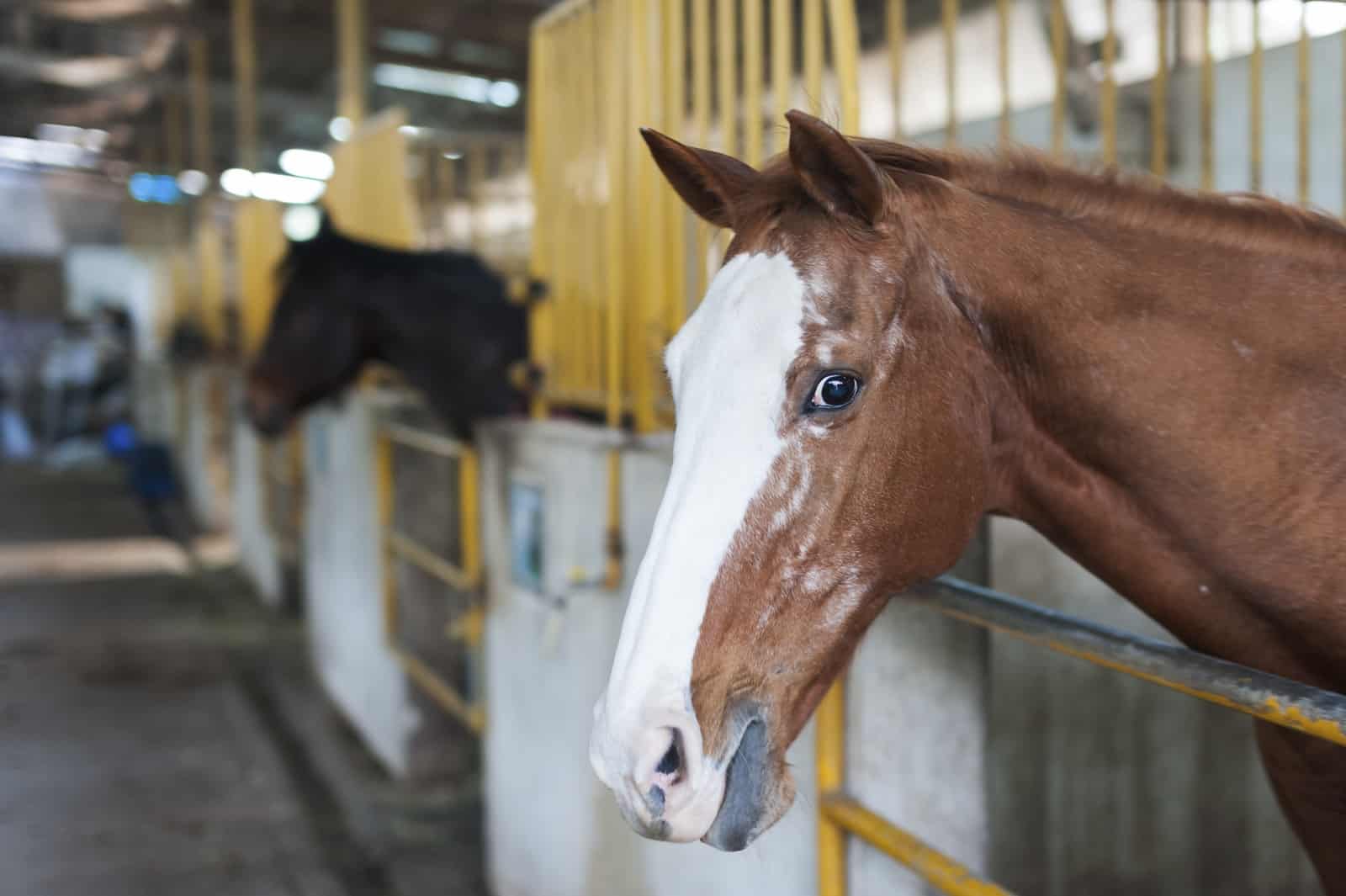Scientists Discover Structural Changes in Senior Horse Hearts

Fortunately, a “gray-speckle tracking” ultrasound technique is helping scientists better understand, for the first time, how horses’ hearts age. By analyzing the speckling pattern of different shades of gray seen in a series of ultrasound images of the heart, they can detect functional cardiac changes in a living equine that have never before been described in science.
“Echocardiography (ultrasound technology of the heart) reveals a lot of interesting information, and different echocardiographic modes and techniques (like gray-speckle tracking) are possible and useful,” said Heidrun Gehlen, PhD, Dipl. ECEIM, professor at the Equine Clinic in Freie Universitaet, in Berlin, Germany.
In a study of 57 Warmbloods ranging in age from 3 to 30, they detected significant differences in heart structure between older and younger horses by using gray-speckle tracking during ultrasound evaluations. Mainly, the changes affected the left ventricle, reducing its capacity to contract, Gehlen said. These differences were visible starting at around age 15
Create a free account with TheHorse.com to view this content.
TheHorse.com is home to thousands of free articles about horse health care. In order to access some of our exclusive free content, you must be signed into TheHorse.com.
Start your free account today!
Already have an account?
and continue reading.

Written by:
Christa Lesté-Lasserre, MA
Related Articles
Stay on top of the most recent Horse Health news with















